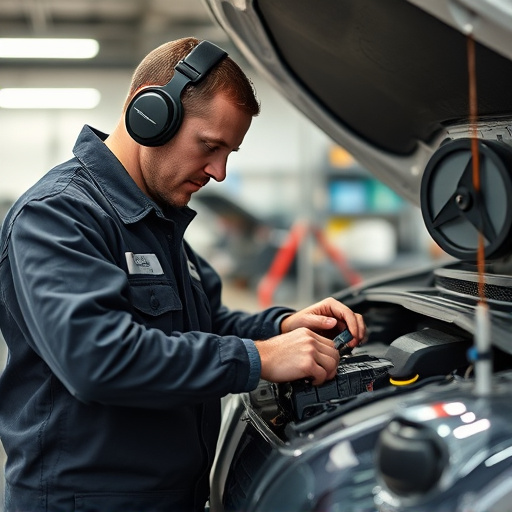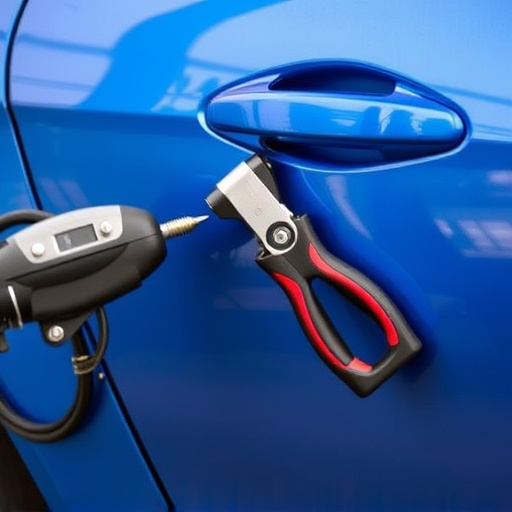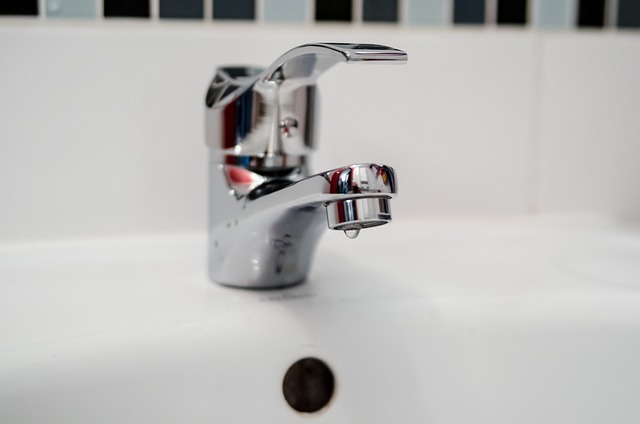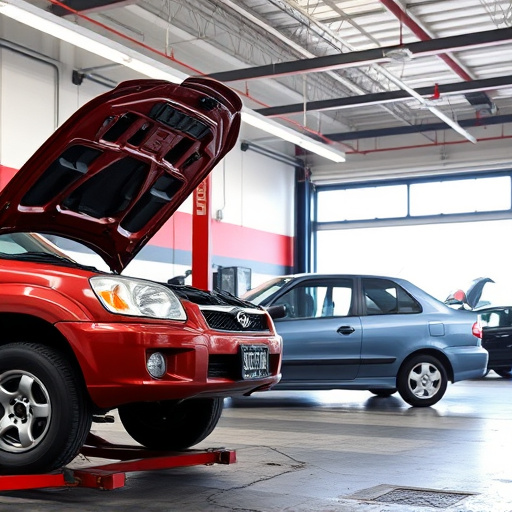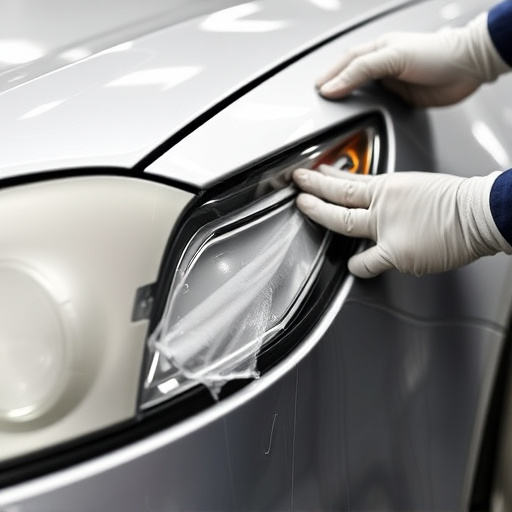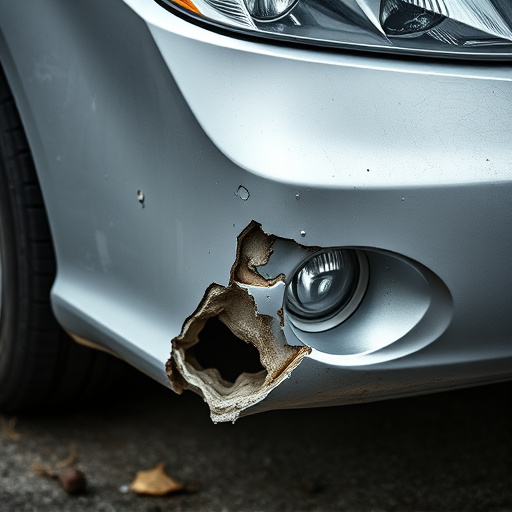Adhering to OEM repair procedures is essential for body shops to provide top-tier vehicle bodywork services, ensuring quality, performance, and safety through precise restoration of modern automotive designs. Following OEM guidelines enhances shop reputation, guarantees vehicle condition, and offers cost savings by preventing future issues. Implementing these procedures involves staff training, communication, updating manuals, and leveraging digital tools to minimize errors and maximize customer satisfaction.
In today’s competitive automotive industry, understanding and adhering to Original Equipment Manufacturer (OEM) repair procedures is crucial for any repair shop. OEM guidelines ensure that vehicles are repaired to the highest standards, maintaining safety and performance. This article delves into the basics of OEM repair procedures, explores their numerous benefits for your shop, and provides best practices for successful implementation. By following these steps, you can enhance customer satisfaction, reduce returns, and stay ahead in the market.
- Understanding OEM Repair Procedures: The Basics
- Benefits of Following OEM Guidelines for Your Shop
- Implementing OEM Repair Procedures: Best Practices and Tips
Understanding OEM Repair Procedures: The Basics
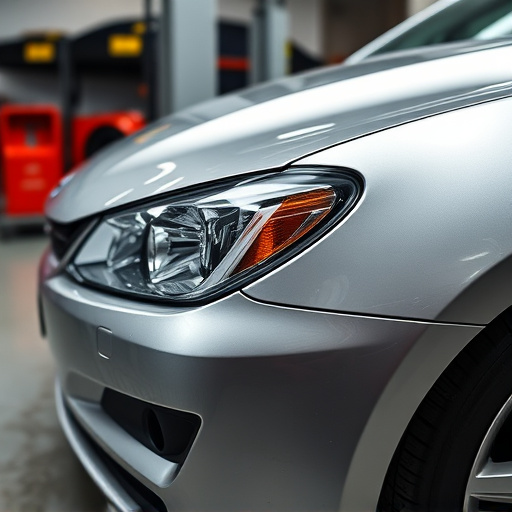
Understanding OEM repair procedures is crucial for any repair shop aiming to provide top-notch vehicle bodywork services. These procedures refer to the original equipment manufacturer’s (OEM) specific guidelines and standards for repairing or replacing car paint and other components. By adhering to OEM repair procedures, a body shop ensures that the vehicle retains its original quality, performance, and safety features. This is particularly important in the intricate world of modern automotive design, where precision and compatibility are key.
When it comes to body shop services and car paint services, using OEM repair procedures as a foundation guarantees that every step of the repair process aligns with the manufacturer’s intent. This involves everything from preparing the vehicle’s surface, applying the correct materials, and ensuring precise color matching, down to the final quality check. Such meticulous attention to detail not only preserves the aesthetic appeal of the vehicle but also ensures its structural integrity and longevity.
Benefits of Following OEM Guidelines for Your Shop
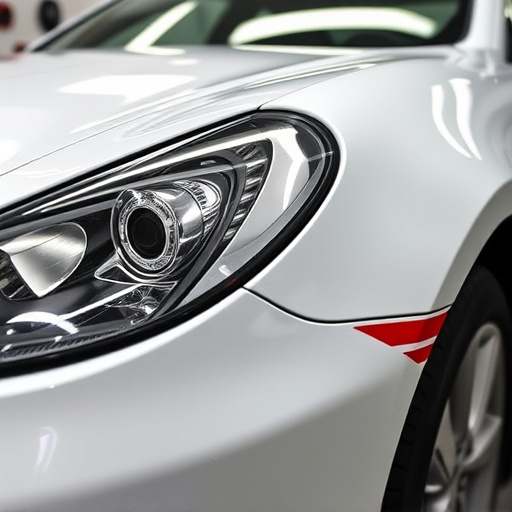
By adhering to OEM (Original Equipment Manufacturer) guidelines for repair procedures, your shop can offer superior quality and performance in every vehicle repair job. These guidelines are meticulously designed based on extensive research and testing, ensuring that vehicles are repaired to their highest standards. Following OEM specifications guarantees the best outcomes for both the vehicle’s structure and functionality. This level of precision is particularly crucial when dealing with complex vehicle systems, such as electrical components or safety mechanisms.
Moreover, adhering to OEM repair procedures can significantly enhance your shop’s reputation among customers seeking reliable automotive repair services. It demonstrates a commitment to excellence and ensures that every vehicle leaves the premises in top condition. The benefits extend to cost-effectiveness, as using OEM parts and processes reduces the risk of future issues arising from substandard repairs, ultimately providing peace of mind for your clients when they hit the road in their well-maintained vehicles.
Implementing OEM Repair Procedures: Best Practices and Tips
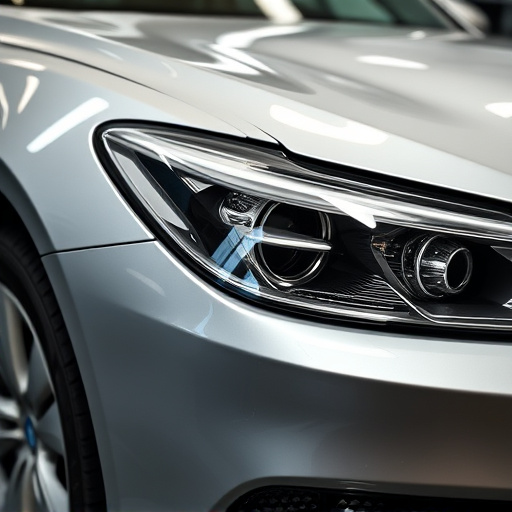
Implementing OEM (Original Equipment Manufacturer) repair procedures is a best practice for any reputable vehicle body shop or fleet repair service. It ensures that repairs are done to the highest standards, preserving the car’s original quality and safety features. When adopting OEM procedures, start by investing in comprehensive training for your staff. This could include workshops or online courses that teach them how to interpret detailed OEM guidelines, which often come with step-by-step instructions, diagrams, and specifications tailored to each vehicle make and model.
Encourage open communication between technicians and ensure everyone understands the importance of adhering to these procedures. Regularly update your repair manuals with the latest OEM information, as specifications can change over time. Additionally, consider utilizing digital tools and software that streamline the implementation process. These resources can aid in accurate measurements, part selection, and even virtual testing before actual repairs, thereby minimizing errors and maximizing customer satisfaction, which is key to thriving in any car restoration business.
OEM repair procedures are not just guidelines, but a framework that ensures your repair shop delivers high-quality, reliable, and safe vehicle repairs. By adhering to these standards, you gain customer trust, enhance service efficiency, and stay ahead of the competition. Implementing OEM best practices requires commitment to continuous learning, investment in training, and staying updated with industry advancements. For any repair shop aiming for excellence, embracing OEM repair procedures is a strategic move that drives success and fosters long-term growth.
